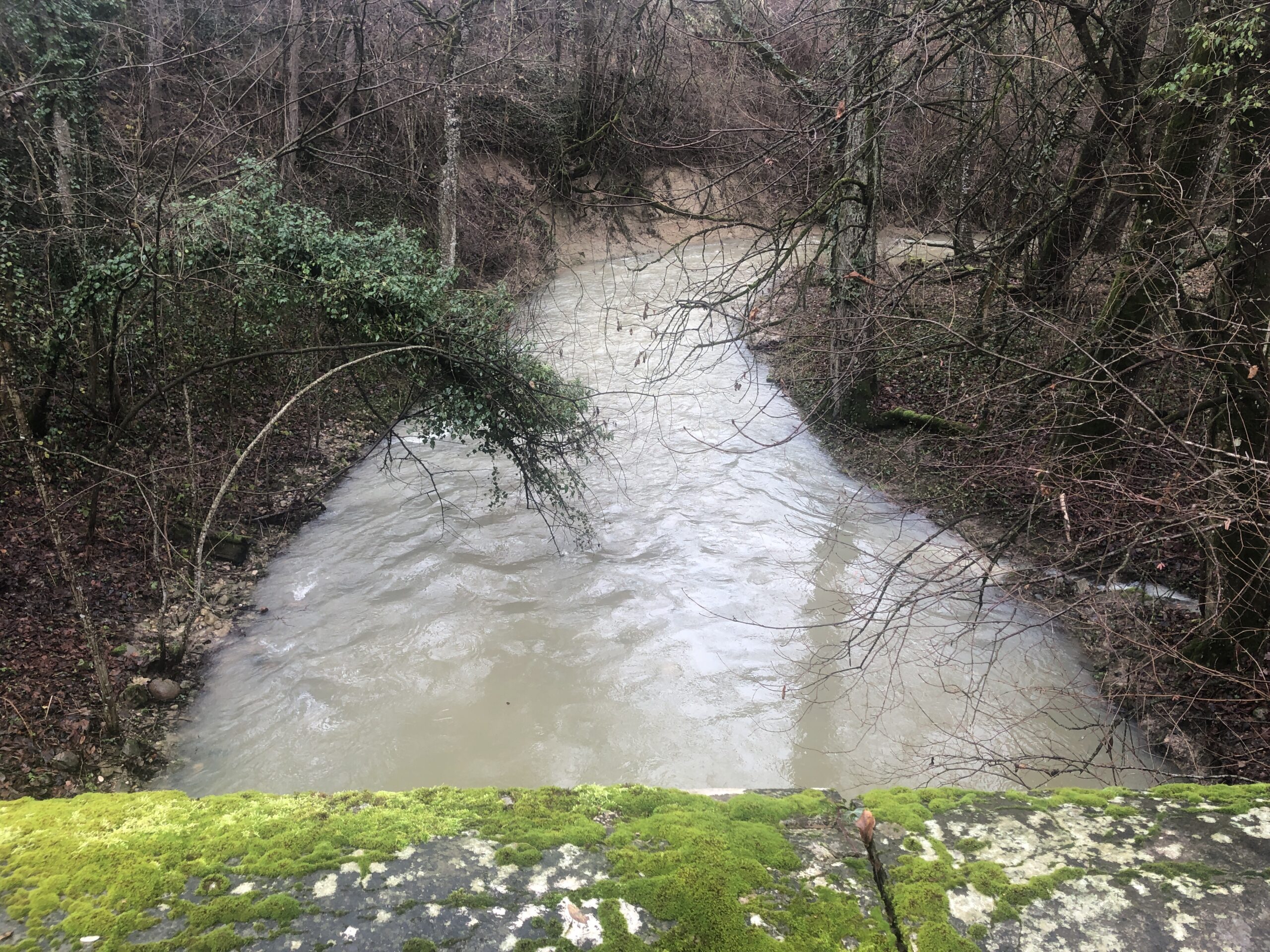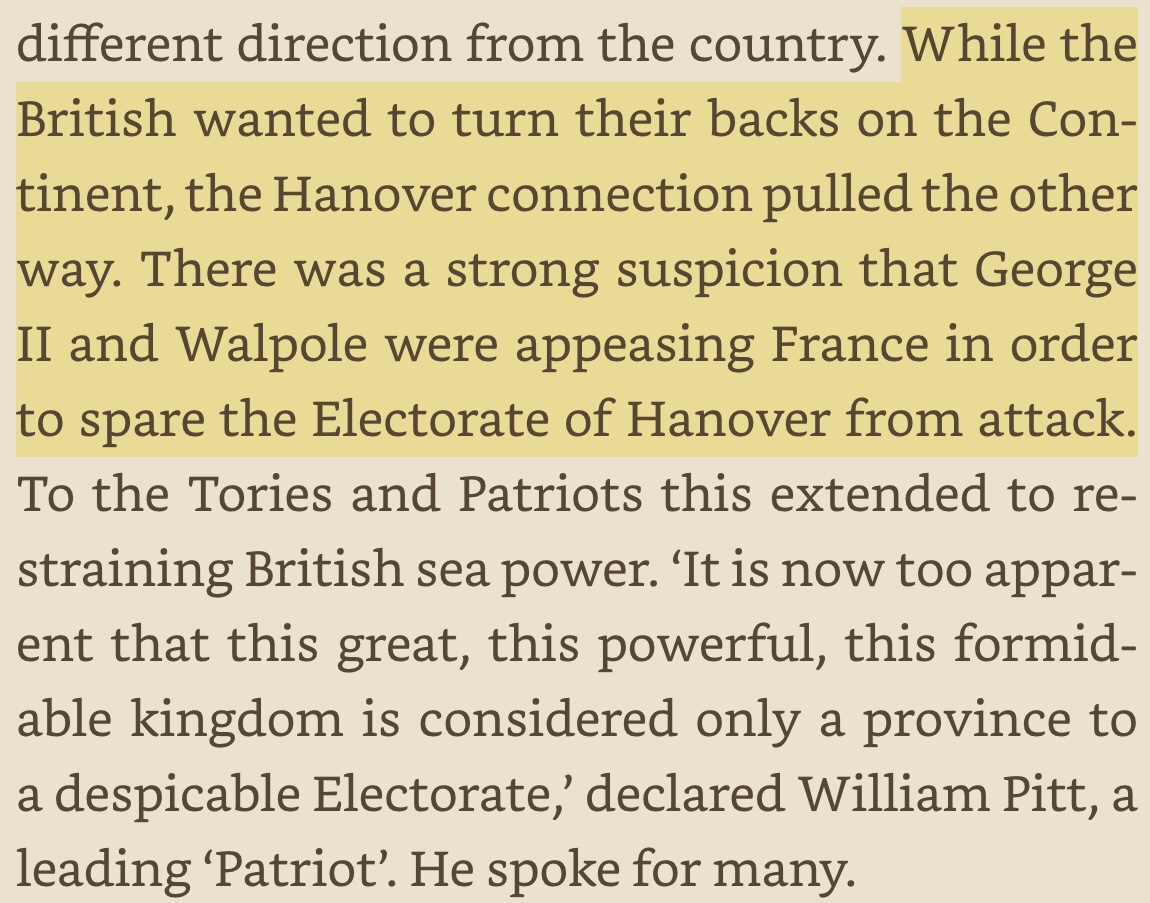Category: reviews
-

Garmin Etrex32x and Software Updates
Reading Time: 2 minutesUpdating software is something that we do every single day, often without knowing that it is being updated. WatchOS updated two or three days ago. iOS updated yesterday recently as well. The most notable was Xcode, because it requires several gigabytes of space or it fails to even try, if it detects…
-
Reading About The Camino De Santiago
Reading Time: 2 minutesOver the last month or so I have been reading Le Camino Seule, ou enfin presque and it is one of my favourite hiking books. It might simply be because it was written in French, by a french woman rather than in English by Brits or Americans but it made me feel…
-

The Old Habit of Walking In The Rain
Reading Time: 2 minutesA Walk In The Rain Today it was meant to rain for the entire day but there was a brief window which it stopped raining so I went for a walk. I expected not to be rained on but within minutes I could feel a small spray of water falling on me.…
-
Bits, Bytes and Barrels – A Review
Reading Time: 2 minutesThrough Booktasters I was able to read Bits, Bytes and Barrels, in exchange for an honest review. The book was available to read via Audible so this time I was able to walk, run and do other things whilst listening to the book. I listened to it from start to finish despite…
-

Empire Of The Deep and Brexit
Reading Time: 4 minutesI am currently reading Empire of the Deep, The Rise and Fall of The British Navy and to read it within the context of Brexit is interesting. We already know that the British gave up on the Catholic Church because Henry the Viii wanted to change wives and the Pope said no.…

